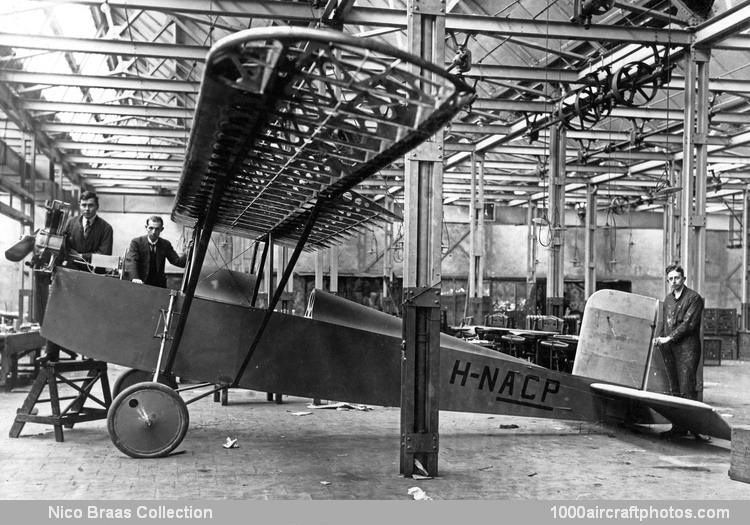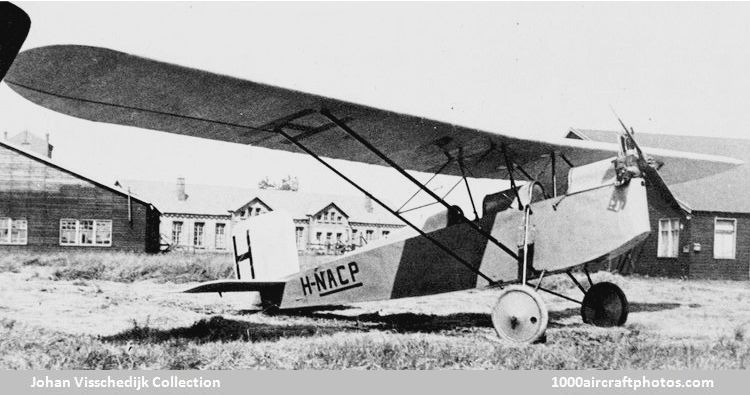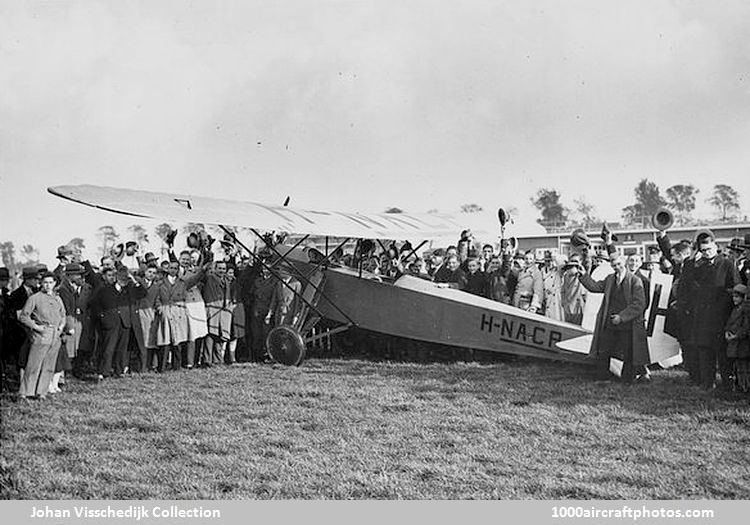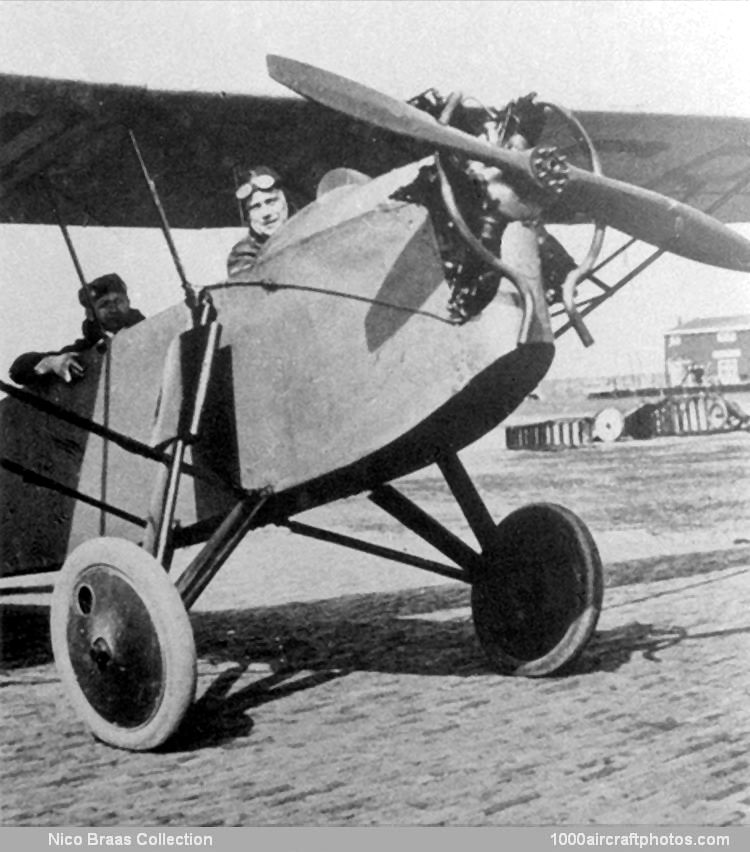03/15/2021. Remarks by Johan Visschedijk: "In October 1923, an evening aeronautical engineering course was started at the Middelbare Technische School (MTS, Secondary Technical School) in Amsterdam. This was led by Ir. F.H. (Fred) Reyneker, engineer at the Rijks-studiedienst voor de Luchtvaart (RSL, Government Service for Aeronautical Studies). To enable the students to demonstrate their practical competence, ten students from this course started the construction of an aircraft, designed by Reyneker, assisted by Mr. Lefèbvre, on July 21, 1924.
Due to lack of space at the MTS, the construction took place in the tin factory of the famous Royal Chocolate Factory Van Houten and Zoon N.V. at Weesp, only a few miles south-east of Amsterdam. Van Houten provided the tools and machinery, the Fokker and Pander aircraft factories provided the materials. After the summer holidays it were only two students, D.J. Heuvelink and D.C. Varenkamp, that continued the construction under guidance of Ir. Cees Wijdooge and Reyneker.



